ENR East 2025 Top Design Firms: Amid Volatility, Region’s Design Firms Hope Markets Adjust
ENR’s regional design firm rankings look different this year after consolidation of multiple region magazine editions into five new ones: East, Midwest, Mountain States, Southeast & Texas and West.
The inaugural ENR East Design Firms survey represents $19.08 billion in revenue from 153 participating firms in Connecticut, Delaware, District of Columbia, Maine, Maryland, Massachusetts, New Hampshire, New Jersey, New York, Pennsylvania, Rhode Island, Vermont, Virginia and West Virginia. The top 10 firms combined generated $7.51 billion in revenue, including $1.67 billion from No. 1-ranked AECOM.
WSP USA finished second with $1.39 billion, ahead of Stantec with $640.14 million.
Breakout listings include design firms ranked by state revenue and various design specialties and disciplines as well as rankings for the three ENR regions that now make up the East—MidAtlantic, New York and New England. The top 20 firms ranked in the MidAtlantic region reported $5.25 billion in regional revenue, up 16.67% from last year’s top 20 total of $4.5 billion. New York and New Jersey’s top 20 firms reported $4.8 billion in revenue, rising 7.62% from their $4.46 billion regional total last year. The top 20 in New England, with $2.51 billion in combined regional revenue, were up 23.04% from the $2.04 billion reported in 2024.
Executives from ranked firms say that while sectors such as transit, infrastructure resilience and data centers are growing, uncertainty remains.
“We can all see the volatility across the board in the last few months, which affects each sector in different ways,” says Jill S. Cavanaugh, partner at Beyer Blinder Belle, ranked No. 64 on the East ranking with $62.71 million in revenue. She says while institutional and government sectors have shown recent signs of uncertainty, long-term responses tend to follow familiar patterns. “Each sector will respond in historically predictable ways to any fluctuations in economic conditions,” she says.

Ranked No. 64, Beyer Blinder Belle Architects and Planners helped design the residential conversion of the former Portals I office building at 1250 Maryland Avenue SW in Washington, D.C.
Rendering courtesy Beyer Blinder Belle Architects and Planners LLP
Marcos Diaz Gonzalez, president of STV’s Transportation Northeast operating group, says historic federal investment through the Infrastructure Investment and Jobs Act will shape its pipeline through 2027. The area “generates one-fifth of the nation’s GDP,” he says, noting that its “infrastructure will continue to require upgrades, expansion and state of good repair initiatives.”
Ranked No. 11 with $414.92 million in revenue, STV sees “strong demand for light rail expansions, bus rapid transit and multimodal hub development” aimed to reduce congestion and advance climate goals.
Diaz Gonzalez says climate resilience is another expanding area of focus in coastal communities, where “flood mitigation, asset hardening and shoreline protection” projects have “gained significant momentum.”
Not every market segment is rising. The slowdown in commercial real estate development in central business districts—outside of high-profile trophy properties—“requires rethinking traditional transit-oriented development models” to boost those development-related projects, according to Diaz Gonzalez.

STV, No. 11 on this year’s ranking, has developed a comprehensive program for New York City Transit’s Coney Island Yard Flood Resilience project.
Photo courtesy STV
He adds that the current federal administration’s pivot to core infrastructure investments could help “reframe mixed-use concepts. This approach naturally extends to optimizing existing transportation systems rather than developing entirely new frameworks.”
“Each sector will respond in historically predictable ways to any fluctuations in economic conditions.”
—Jill S. Cavanaugh, Partner, Beyer Blinder Belle
Similarly, Beyer Blinder Belle’s Cavanaugh explains that commercial office volatility has created new potential for design services.
“Repurposing existing buildings, especially through adaptive reuse, offers extraordinary opportunities,” she says, citing strong demand across the housing spectrum from affordable units to senior living.
In the MidAtlantic, data centers are leading construction activity, says Salvatore V. Fiorentino, president of ECS Mid-Atlantic. “Hyperscalers are aggressively pursuing land and projects to expand capacity,” says Fiorentino, whose firm ranked No. 35 with $152.25 million in revenue.
Health care work is also rebounding after a pandemic-era lull, with providers racing to meet demand from an aging population. Multifamily residential remains a steady performer as well, although Fiorentino notes signs of flattening growth.
But office and big-box retail construction continues to struggle. “Vacancy rates hover around 20% across the region” in the office sector, Fiorentino says, adding that e-commerce growth and oversupply have “significantly slowed” large-scale retail development. “Additionally, we are closely monitoring potential long-term impacts from cuts in government spending,” he adds.
Fiorentino says tariffs “could further influence the MidAtlantic construction market in the coming years.”
To boost productivity, ECS is embracing GIS platforms and AI-powered tools that streamline analysis and “empower our engineers to have more agency over their time and make more informed recommendations,” Fiorentino says. “When our teams spend less time on busywork and more time thinking creatively, the results and service delivered improve.”
Post a Comment
You must be logged in to post a comment.





